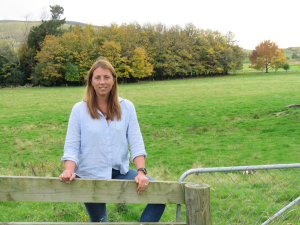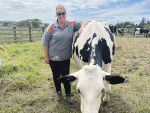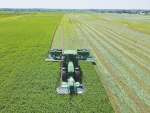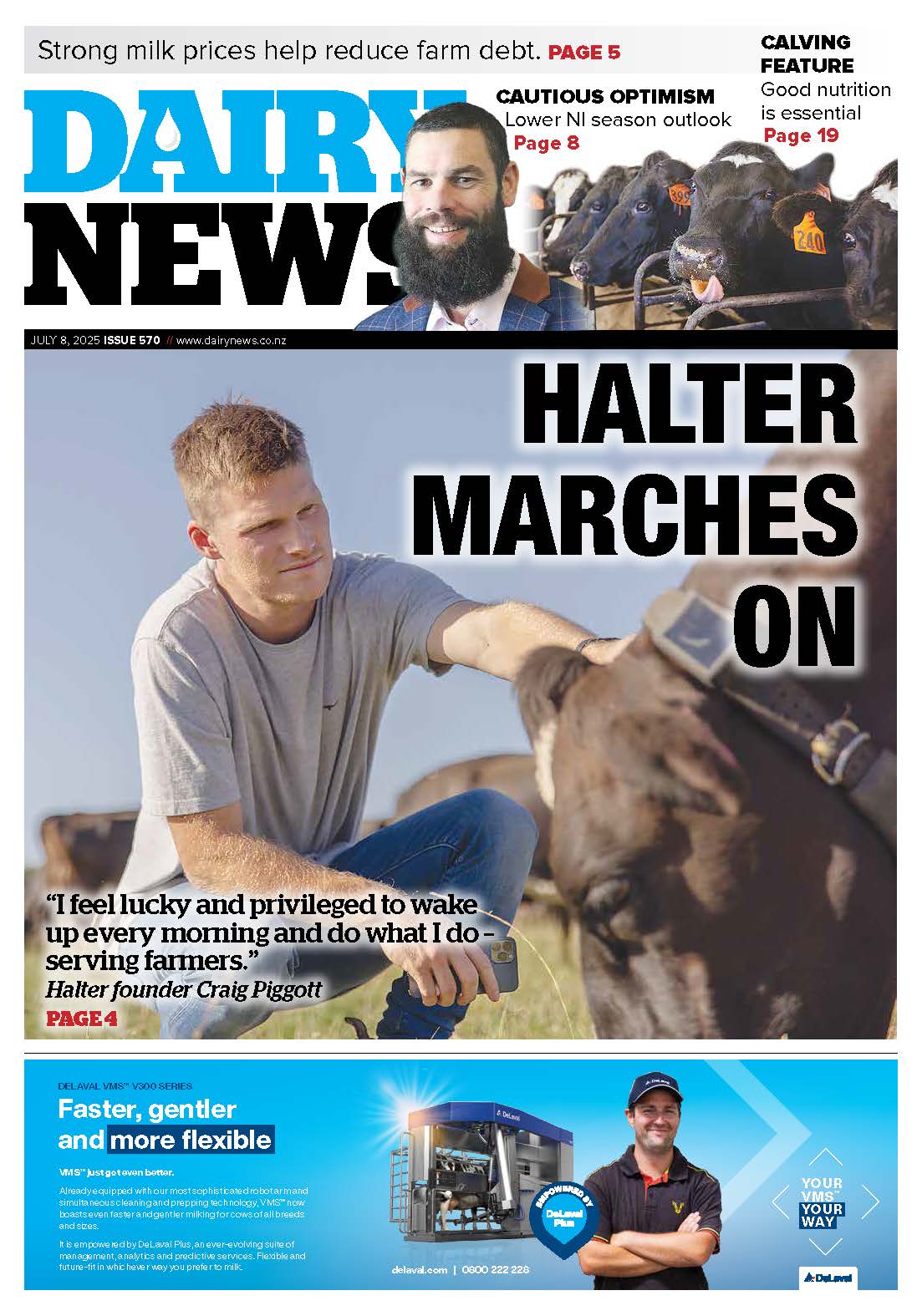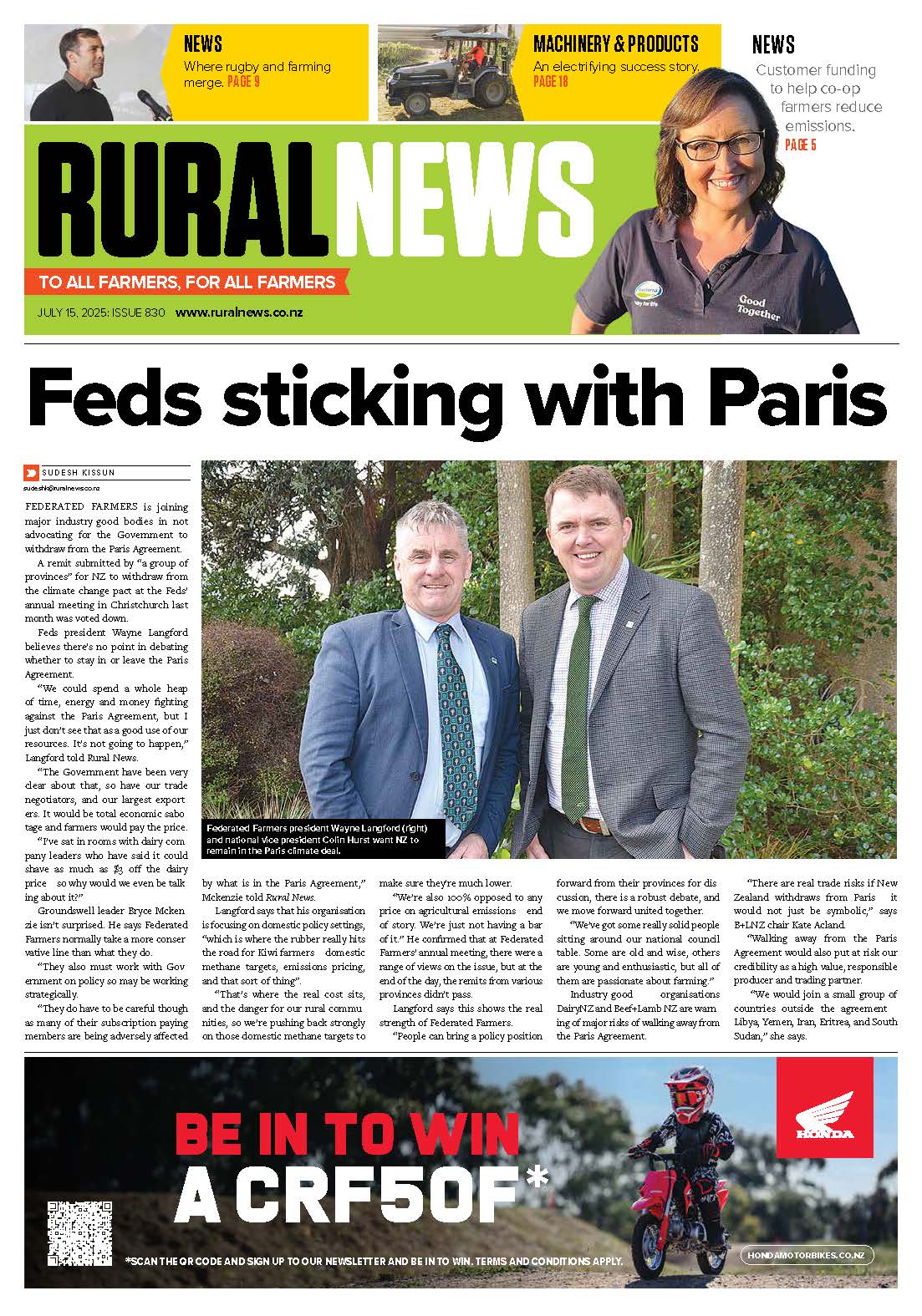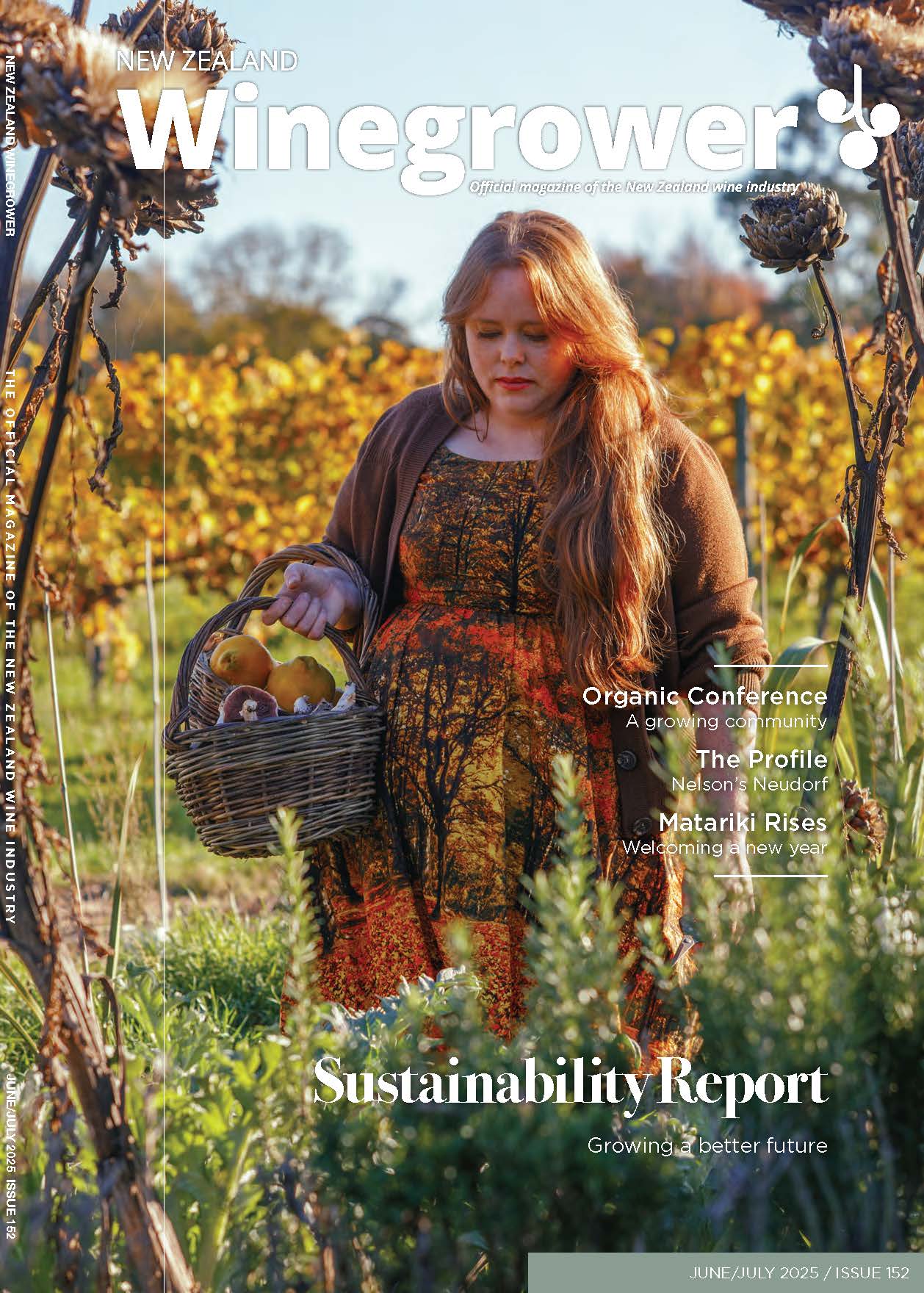A strong tool for helping farmers do that – the visual soil assessment or VSA – has been updated with some important new indicators.
Understanding VSA and what it can tell us is a good investment for farmers. A decline in soil physical properties can take much expense and many years to correct, and can increase the risk of soil erosion by water or wind.
VSA’s results are easy to interpret and create a better understanding of soil quality and its fundamental importance to sustainable resource and environmental management. The updated VSA adds to that by improving assessments of soil condition and plant performance. It does this through a more balanced assessment of soil chemical, biological and physical properties.
For example, VSA now helps consider key aspects of the subsoil. Also, it better addresses the ecological footprint of organic carbon dynamics and environmental issues, including nutrient loadings – such as nitrogen and phosphorous – getting into waterways.
One reason I personally promote the use of VSA is that not enough attention is given to the basic role of soil quality in efficient and sustained production, maintaining water quality and the effect of soil quality on a farm’s gross profit margin.
Its based on scorecard-based assessments of key soil ‘state’ and plant ‘performance’ indicators. Soil quality is ranked by assessment of the soil indicators alone. It does not require knowledge of paddock history. However, filling in the plant indicator scorecard satisfactorily requires knowledge of immediate crop and paddock history.
Each indicator is given a visual score of 0 (poor), 1 (moderate) or 2 (good), based on the soil quality observed when comparing the paddock sample with three photographs in the field guide manual.
The scoring is flexible. If the sample being assessed does not clearly align with any of the photographs but sits between two, a score in between can be given, for example 0.5 or 1.5.
Because some soil factors or indicators are relatively more important for soil quality than others, VSA provides a weighting factor of 1, 2 or 3. For example, soil structure is a more important indicator (a factor of 3) than surface relief (a factor of 1).
The score given to each indicator is multiplied by the weighting factor to give a ‘visual score ranking’.
The total of the rankings gives the overall ranking score for the sample being assessed. This is compared with score ranges to determine whether soil has good, moderate or poor qualities.
VSA can be used at any time of year, but is best done when the soils are moist and suitable for grazing or cultivation.
• Bala Tikkisetty is a sustainable agriculture coordinator at Waikato Regional Council. email This email address is being protected from spambots. You need JavaScript enabled to view it.









